A walnut symbolizes wisdom, strength, fertility, longevity, and vitality.
It also represents new beginnings, as the walnut tree is one of the first trees to bloom in spring. In some cultures, the walnut is a symbol of good luck and prosperity.
The walnut is also a popular symbol in art and literature. In Shakespeare’s play, “Macbeth,” the witches give Macbeth a concoction that includes crushed walnuts. This is meant to represent the power of black magic.
Walnuts have also been used as a symbol of fertility. In ancient Rome, the walnut was a popular gift to give to newlyweds. It was believed that the couple would be blessed with many children if they placed a walnut tree in their garden.
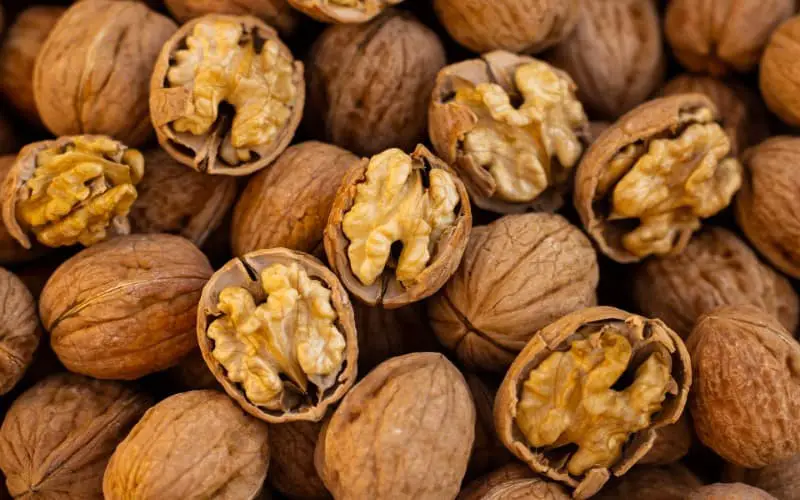
Quick Overview: Walnut Symbolism
- Wisdom
- Strength
- Fertility
- Longevity
- Vitality
- Prosperity
- Progress
- Abundance
- New Beginnings
9 Walnut Symbolisms
1. Wisdom
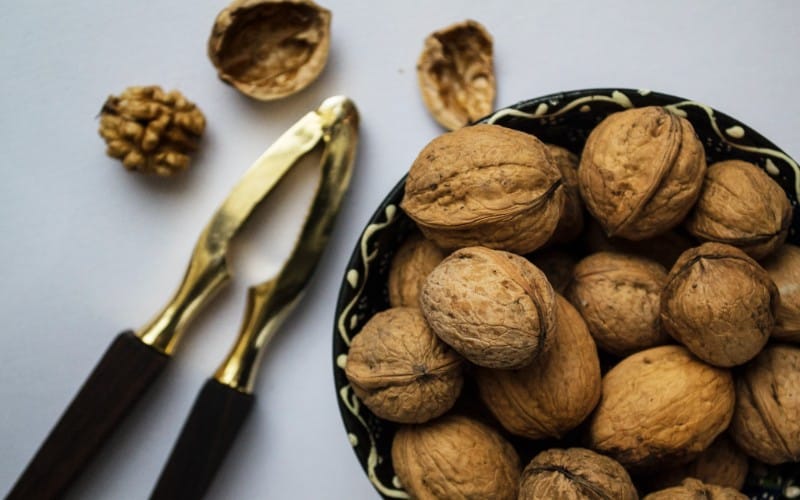
A walnut is symbolic of wisdom for a few reasons.
First, walnuts resemble brains – both in their overall shape and in the fact that they have a left and right hemisphere. This analogy reinforces the idea that walnuts are a good source of brain power. Additionally, the hard outer shell of a walnut symbolizes the strength of knowledge.
Read More: Carrot Symbolism
Just as it takes time and effort to crack open a walnut, so too does it take time and effort to gain wisdom. Finally, the fact that walnuts grow on trees adds to their symbolism. Trees are often seen as symbols of growth and knowledge, making walnuts the perfect symbol of wisdom.
Whether you eat them for their health benefits or keep them as a reminder to stay wise, there’s no doubt that walnuts are a wise choice.
2. Strength
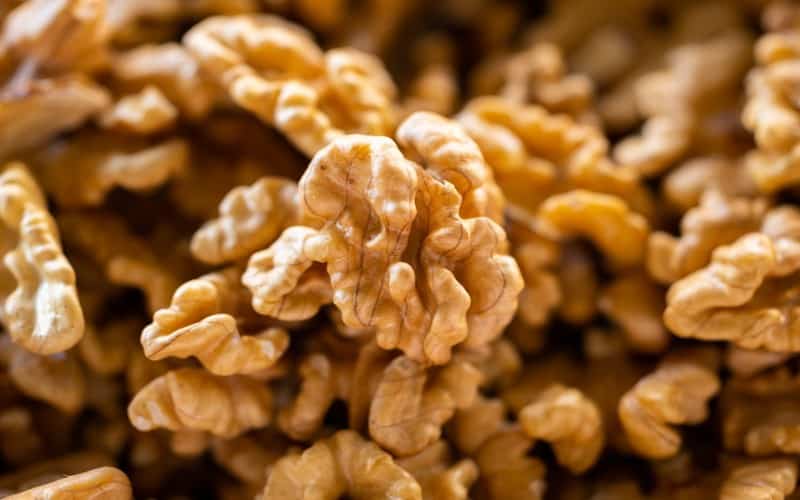
There are many reasons why a walnut might be seen as a symbol of strength.
For one, the hard shell of the walnut protects the delicate nut inside, which is a metaphor for how we need to be strong in order to protect what is important to us. Additionally, the fact that the tree can produce so many nuts years after year shows that it is a very resilient plant, capable of withstanding harsh conditions.
This resilience is another quality that we admire in people and which helps us to see them as strong. Finally, the walnut tree is known for its longevity, often living for hundreds of years.
This centuries-long lifespan is another example of the tree’s strength, and it is something that we can aspire to in our own lives. When you look at all of these qualities together, it’s easy to see why the walnut has come to be seen as a symbol of strength.
3. Fertility
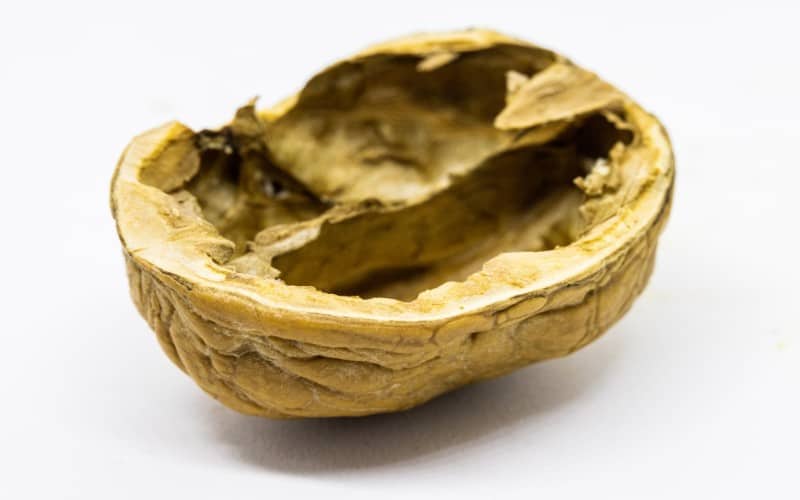
The walnut is an ancient symbol of fertility and fruitfulness.
In many cultures, the walnut was seen as a sacred tree, and its branches were used to create wands that were believed to promote fertility. The walnut was also associated with the Goddess of Fertility, and its presence was thought to bring good luck to those who wished to conceive.
The symbolism of the walnut is thought to stem from its shape, which resembles a woman’s womb. Additionally, the walnut is known for its ability to produce a large number of offspring, making it an ideal symbol of fertility.
Today, the walnut is still considered a potent symbol of fertility, and many couples who are trying to conceive keep a bowl of walnuts in their home in order to encourage conception.
4. Longevity
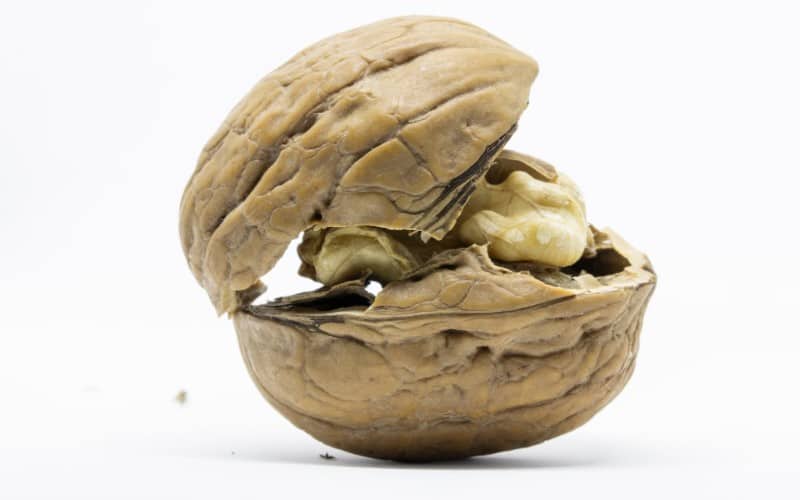
The walnut is a symbol of longevity in many cultures, including China and Japan.
One theory is that its long life span – up to 300 years – is responsible for its association with lasting life. The walnut tree’s symbiotic relationship with other trees is also thought to contribute to its status as a symbol of longevity.
When other trees around it die, the walnut tree continues to thrive, thanks to its deep roots and ability to adapt to changing conditions.
In addition, the walnut tree produces a nutrient-rich fruit that has been shown to have health benefits, including reducing inflammation and improving brain function. Taken together, these attributes make the walnut an ideal symbol of Longevity.
5. Vitality
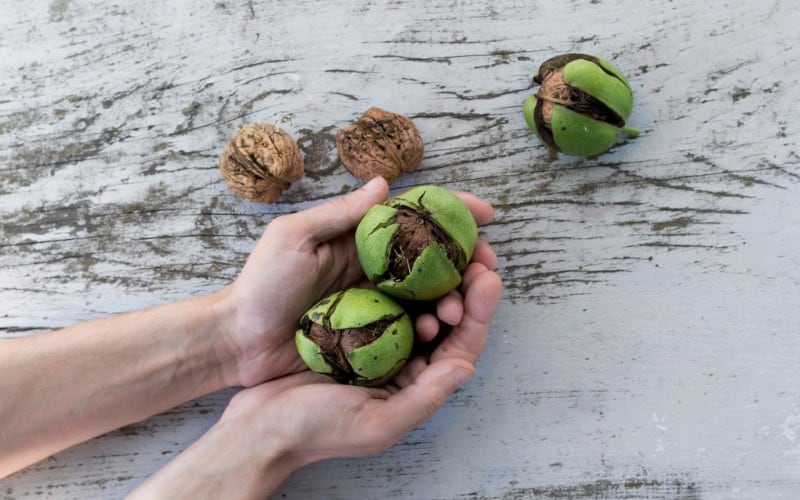
The walnut is a symbol of vitality and fertility.
The tree itself is known for its long life span and its ability to produce a large number of nuts each year. For these reasons, the walnut has been used as a symbol of life and fertility in many cultures.
In China, the walnut is often given as a gift to newlyweds, as it is seen as a wish for a long and fruitful life together. In Europe, the walnut was once believed to be an aphrodisiac, and it was often given to young couples as a way to encourage them to start a family.
Today, the walnut is still seen as a symbol of vitality and fertility, and it is often given as a gift to celebrate new beginnings.
6. Prosperity
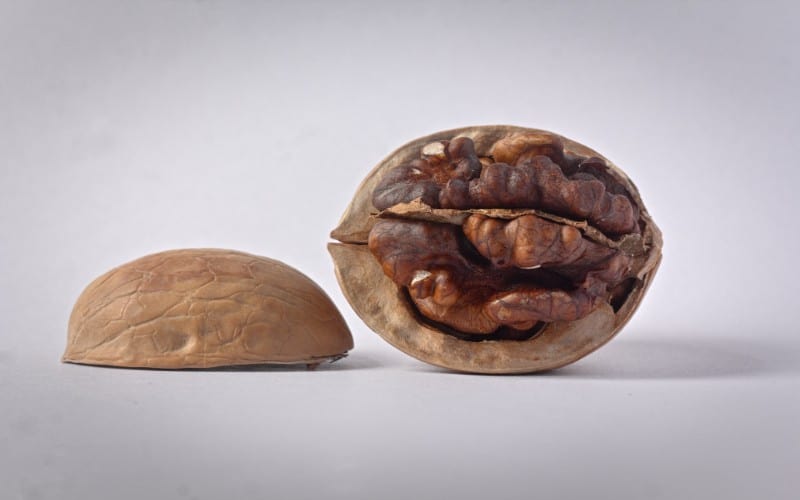
A walnut tree is a symbol of prosperity, as it provides an abundance of nuts that can be used for food and for commerce.
The walnut is also a symbol of fertility, as it produces a large number of nuts each year. In some cultures, the walnut tree is also seen as a symbol of strength and stability, due to its large size and deep roots. All of these qualities make the walnut tree a powerful symbol of prosperity.
When someone sees a walnut tree, they are reminded that there is always enough to go around, and that success can be achieved through hard work and dedication.
The next time you see a walnut tree, think about all that it represents, and let it inspire you to achieve your own personal goals.
7. Progress

The walnut is a symbol of progress because it represents new beginnings.
The hard shell of the walnut protects the delicate kernel inside, which is a symbol of potential. When the shell is cracked open, it reveals the kernel within, representing the possibilities that come with growth and change.
The walnut is also a symbol of strength and resilience. It takes time and effort to crack open the hard shell, but once it is done, the kernel can be enjoyed. This symbolizes the effort required to achieve progress, but also the rewards that come with it.
The walnut is an important symbol of hope and possibility, reminding us that even in difficult times, there is always room for growth and change. Thanks for asking!
8. Abundance

Walnut is a nut that symbolizes abundance.
There are many reasons for this, but the clearest reason is that a walnut looks like a brain. The brain is responsible for controlling our thoughts and emotions, and it is also responsible for organizing our experience of the world.
A walnut, with its wrinkled surface and large size, resembles a brain in both form and function. This similarity reminds us that we have the ability to think deeply and creatively, and to experience the world in a rich and complex way.
A walnut also symbolizes fertility and abundance because it contains a high number of seeds. Each seed has the potential to grow into a new tree, bearing fruit for future generations. In this way, a walnut reminds us that we too have the potential to create something beautiful and abundant in our lives.
9. New Beginnings

For many people, a walnut symbolizes new beginnings.
The nut is commonly used in rituals and ceremonies designed to welcome a new member to the community or to mark the start of a new phase in life. The walnut’s symbolism is rooted in its physical appearance.
The hard shell encasing the nut represents the challenges and obstacles that must be overcome in order to reach one’s goals. The fact that the nut can only be accessed by cracking open the shell also serves as a reminder that growth often requires making difficult decisions and taking risks.
Ultimately, the walnut’s ability to nourish and sustain life makes it a powerful symbol of hope and possibility, encouraging us to believe that anything is possible if we are willing to work for it.
Spiritual Meaning of Walnut
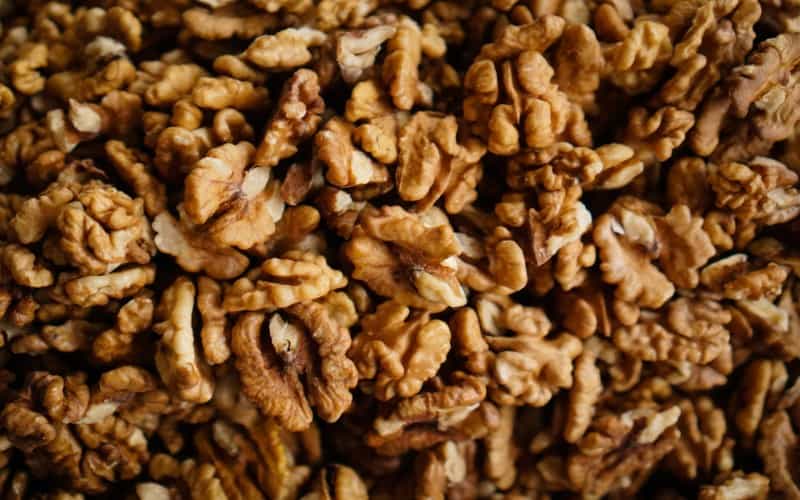
According to Native American beliefs, the walnut tree is a symbol of fertility and new life. The hard shell of the nut represents the protective womb, while the kernels represent new beginnings.
In many cultures, the walnut is also seen as a symbol of wisdom and knowledge. This is due to its high nutritional value, as well as its ability to be used in a variety of ways.
For example, the wood of the walnut tree can be used for making furniture, while the oil can be used for cooking and lamps.
In addition, the nut can be ground into a powder that can be used as medicine. As a result, the walnut tree is seen as a source of both physical and spiritual nourishment.
Walnut Dream Meaning and Symbolism

Dreams featuring walnuts can have different meanings depending on the context. In some cases, dreaming of eating walnuts may represent good health and prosperity. This is especially true if the walnuts are fresh and plump.
Alternatively, this dream may symbolize intellectual nourishment and growth. Are you working hard to learn new things or expanding your knowledge? If so, the walnuts in your dream could be a sign that you are on the right track.
On the other hand, rotten or moldy walnuts may indicate that you are surrounded by negative influences. It is important to be careful who you take advice from and who you spend time with. Pay attention to your gut instinct and trust your intuition.
Lastly, seeing a walnut tree in your dream may suggest that you are feeling protective of something or someone in your life. This could be a new project at work, a relationship, or even a possession. Whatever it is, you are unwilling to let go or take any risks.
Conclusion
The walnut is a powerful symbol with a wide range of meanings. Its physical resemblance to the brain reminds us of our own ability to think deeply and creatively. The high number of seeds inside the nut represents fertility and abundance, while the hard shell symbolizes the challenges and obstacles that must be overcome in order to reach our goals.
